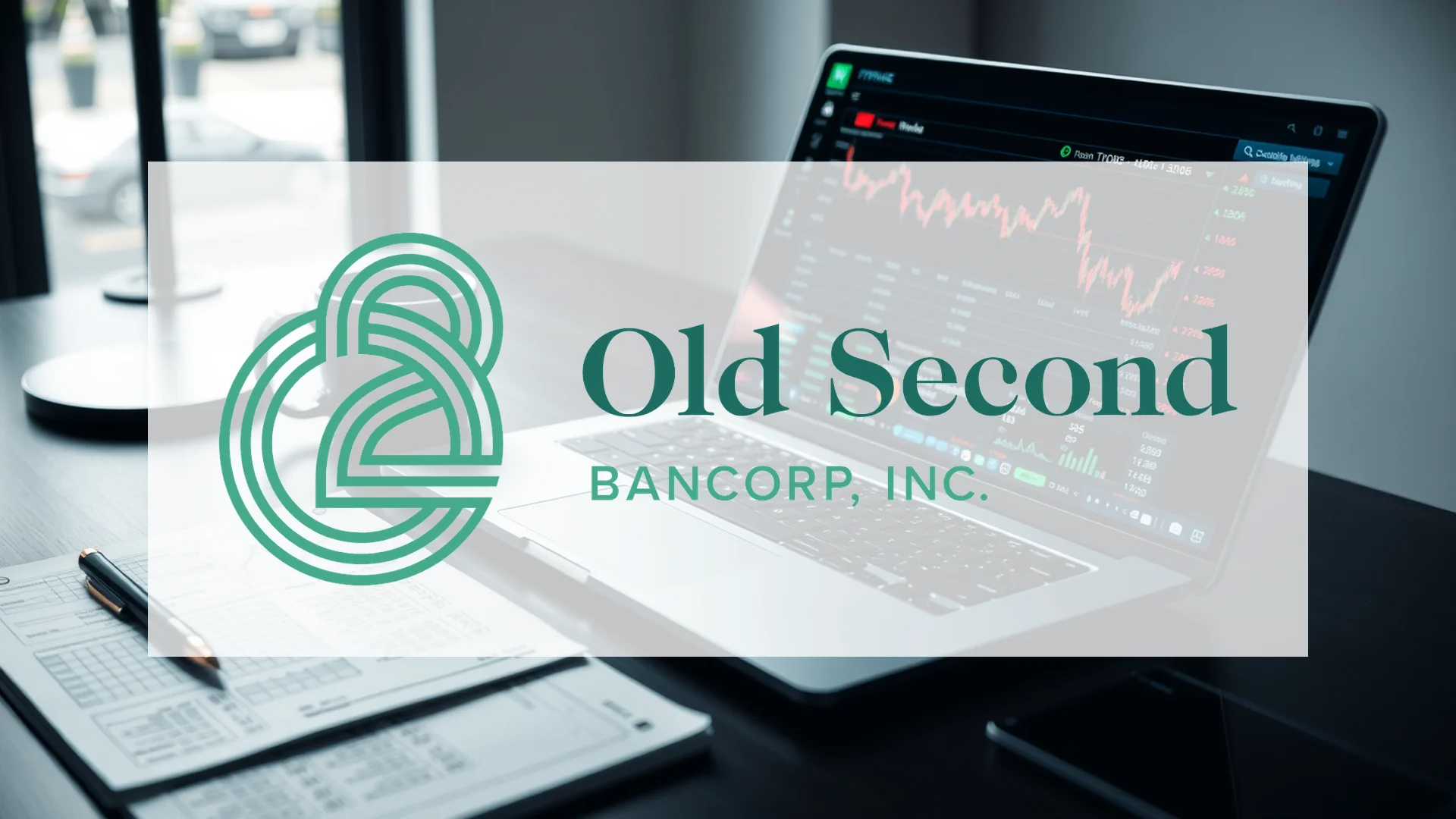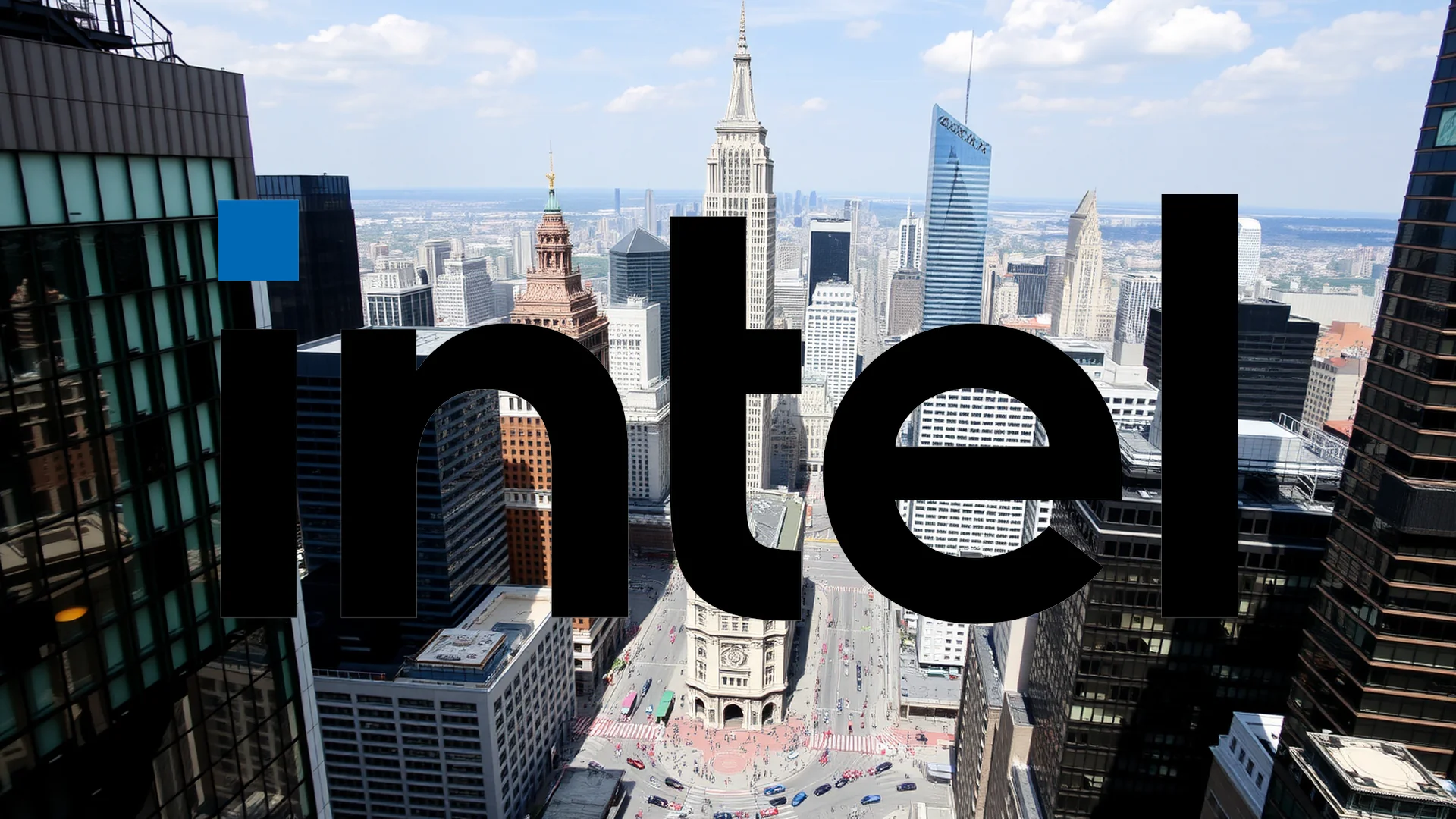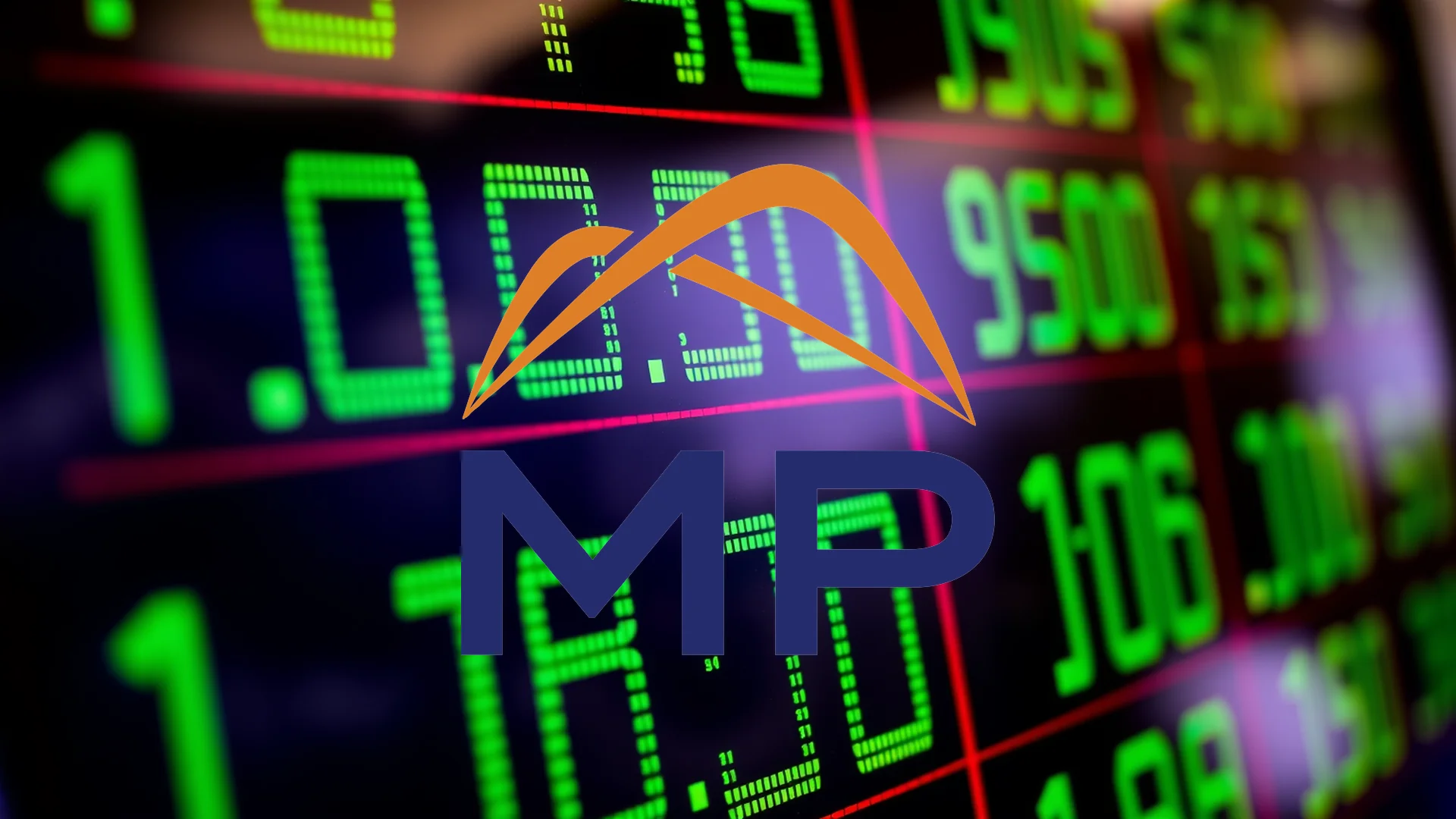The unexpected departure of director John Ladowicz from Old Second Bancorp’s board has raised eyebrows within financial circles, coming at a critical juncture just three months after the institution finalized its landmark $197 million acquisition of Bancorp Financial. This surprise resignation during the intense integration phase inevitably prompts questions about whether deeper strategic disagreements might be at play, though the company itself has provided no official explanation.
Strategic Shifts Following Significant Merger
Operational performance, however, appears robust despite the challenges of merging two entities. Old Second reported a solid second-quarter profit of $21.8 million, equating to 48 cents per share. This performance is particularly notable given the significant one-time costs associated with the merger. The bank’s core profitability remained strong, evidenced by an impressive return on equity of 15.29%.
Key financial impacts from the acquisition included:
* A $531,000 loss stemming from valuation adjustments
* Merger-related expenses totaling $810,000, or approximately 1 cent per share
* A minor compression of the net interest margin, which declined by 3 basis points to 4.85%
Despite these headwinds, net interest income actually climbed 2.1% to reach $64 million. Furthermore, the company’s capital position strengthened, with a CET1 ratio of 13.77%.
Should investors sell immediately? Or is it worth buying Old Second?
Power Dynamics in Post-Merger Governance
The timing of Ladowicz’s exit adds a layer of intrigue to the post-merger landscape. The acquisition itself was structured with significant concessions to Bancorp Financial, whose shareholders received 2.58 Old Second shares plus $15.93 in cash for each of their shares. This arrangement also brought two of Bancorp’s top executives, Darin Campbell and Jill Voss, onto Old Second’s leadership teams. Such moves often indicate complex negotiations and shifting power dynamics, which can sometimes lead to subsequent board-level changes.
Integration Success Holds the Key to Future Growth
All eyes are now fixed on the integration process, which will ultimately determine the deal’s success. The acquisition is projected to deliver a substantial 16% boost to earnings in its first full year, but this hinges on a seamless combination of operations. The upcoming quarterly results, expected around October 16th, will provide the first clear indication of whether these anticipated synergies are beginning to materialize.
Market analysts maintain a cautiously optimistic outlook, with price targets hovering near $20.70—suggesting a potential 16% upside from current levels. Whether this confidence is justified depends entirely on Old Second’s ability to successfully navigate its internal governance while simultaneously executing on the complex integration of its multi-billion dollar asset base.
Ad
Old Second Stock: Buy or Sell?! New Old Second Analysis from December 20 delivers the answer:
The latest Old Second figures speak for themselves: Urgent action needed for Old Second investors. Is it worth buying or should you sell? Find out what to do now in the current free analysis from December 20.
Old Second: Buy or sell? Read more here...












